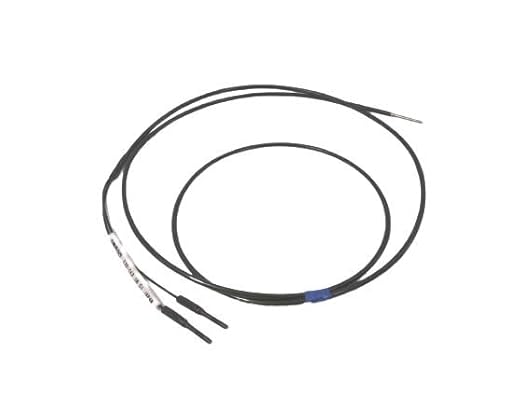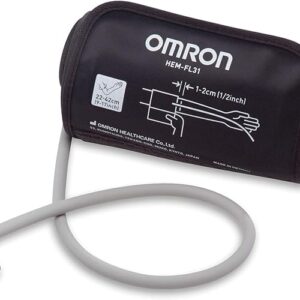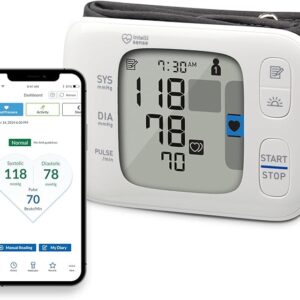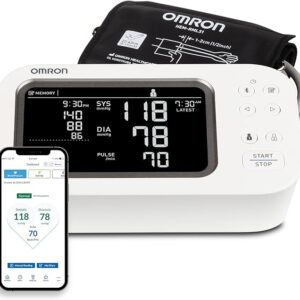Description
Here’s a Pros and Cons Q&A analysis for the OMRON E32-C42 Coaxial Diffuse Fiber Optic Sensor:
🔧 Product Overview:
- Model: OMRON E32-C42
- Sensor Type: Coaxial Diffuse Reflective Fiber Optic Sensor
- Sensing Head Diameter: 2 mm
- Fiber Type: Coaxial, which aligns emitter and receiver on the same optical axis
- Detection Method: Diffuse reflective – detects objects based on light reflected directly from them
- Compatibility: Requires a separate fiber amplifier unit (e.g., E3X series)
- Mounting: Compact design ideal for confined spaces or micro-object detection
✅ Pros:
- Coaxial Optics = High Accuracy
- The coaxial design ensures the emitter and receiver are aligned along the same axis, minimizing detection dead zones, improving accuracy, and allowing detection of shiny or angled surfaces more reliably.
- Ultra-Compact Head (2 mm)
- Ideal for space-constrained installations, micro-parts detection, or mounting inside precision tooling, jigs, or robotic arms.
- Reliable for Small Object Detection
- Excellent for detecting very small targets (e.g., wires, pins, or electronic components) due to its tight optical alignment and fine detection spot.
- Diffuse Reflective Detection = No Need for Reflectors
- Unlike retroreflective or through-beam types, no reflector or receiver is required on the opposite side. This simplifies installation and reduces cost.
- Flexible Mounting and Routing
- Being a fiber optic sensor, the fiber cable is flexible, allowing it to be routed around machinery or through tight spots where bulky sensors won’t fit.
- High-Speed Detection (with fiber amplifier)
- Paired with the right E3X fiber amplifier, it can achieve very fast response times (sub-millisecond), ideal for high-speed automation.
- Resistant to Electromagnetic Interference
- The passive sensing head is immune to EMI and heat since all electronics are in the amplifier, making it great for use near welders, motors, or heat sources.
❌ Cons:
- Requires Separate Amplifier Unit
- The E32-C42 doesn’t work on its own; it must be connected to a compatible fiber amplifier (e.g., Omron E3X series), which adds cost and space requirements.
- Shorter Sensing Distance (Typical of Diffuse Sensors)
- As a diffuse reflective type, its sensing range is limited compared to through-beam or retroreflective sensors. It’s best for close-range applications.
- Highly Surface-Dependent
- Reflective sensing performance can vary greatly depending on the object’s surface—dull black objects or angled surfaces may give weak signals or false negatives.
- Requires Precise Alignment
- While coaxial design improves alignment, you still need precise mounting to get consistent readings, especially with very small objects or reflective backgrounds.
- Fiber Optic Durability
- Fiber cables are flexible but can be fragile if over-bent, crushed, or exposed to abrasion. Requires careful installation and strain relief.
- Environmental Limitations
- Although the sensing head is compact, it may not be fully sealed against water or dust ingress. Additional protection or housing may be needed in harsh environments.
❓ Q&A – Practical Use Considerations
Q1: Is this sensor suitable for detecting tiny electronic components?
🔹 Yes, the small 2 mm head and coaxial optics make it ideal for detecting micro parts on PCBs or SMT lines.
Q2: Can I use it without a fiber amplifier?
🔹 No, it requires an amplifier like the Omron E3X series to operate. The amplifier handles the signal processing and output logic.
Q3: Will it detect black or low-reflectivity objects?
🔹 Yes, but with limitations. The coaxial design improves reflectivity handling, but very matte or black surfaces may still reduce detection reliability.
Q4: Can it be used in high-temperature areas?
🔹 Yes, to a point. Fiber heads tolerate higher temperatures than electronic sensors, but the amplifier must be kept in a normal temp environment.
Q5: What is the detection range?
🔹 Depends on the target and amplifier used, but typical diffuse range is a few millimeters to a few centimeters. It’s optimized for close-range precision detection.
🧩 Ideal Applications:
- Microelectronics assembly (e.g., detecting leads, components, solder presence)
- Robotic pick-and-place verification
- Precision tool positioning
- Small part counting on feeders or vibratory bowls
- Presence/absence detection in jigs and fixtures
✅ Summary:
The OMRON E32-C42 is a precision fiber optic diffuse sensor with coaxial optics, ideal for compact and high-accuracy detection of small parts. It’s perfect for tight spaces, fine positioning, and applications requiring fast, reliable sensing of close-range targets.
However, it requires a separate amplifier, has limited range, and depends on surface reflectivity—so it’s best used in controlled environments for detailed detection tasks.
Would you like help choosing a compatible fiber amplifier (E3X model) or comparing this with retroreflective or through-beam fibers for your application?




Reviews
There are no reviews yet.